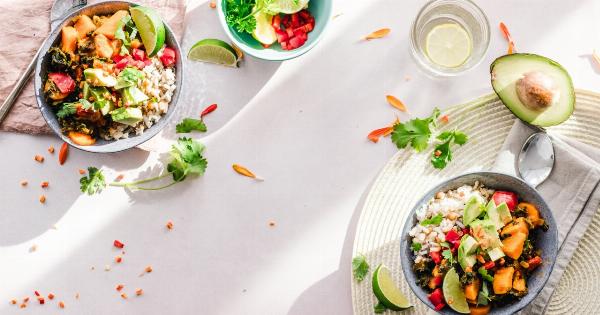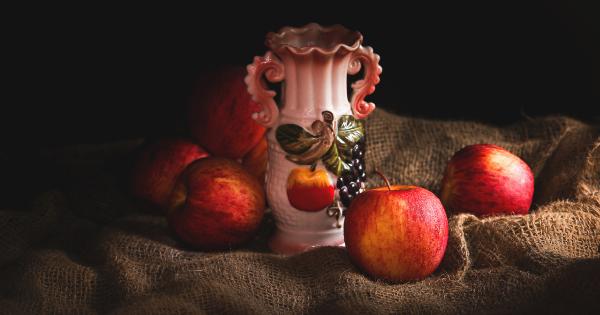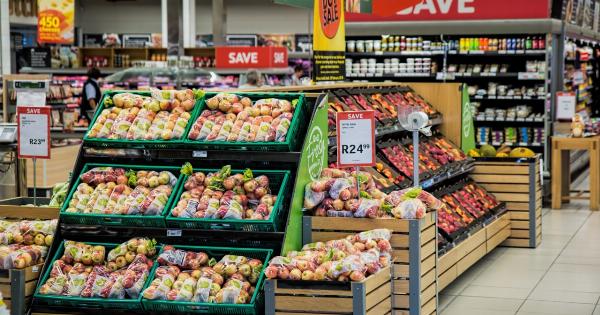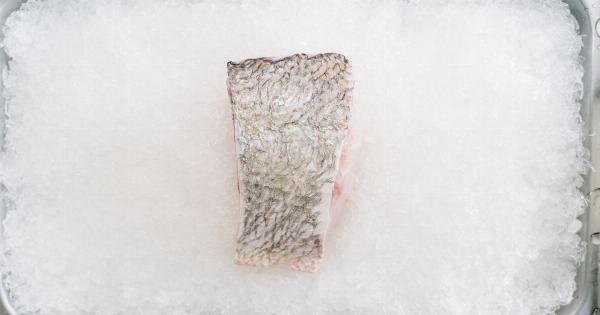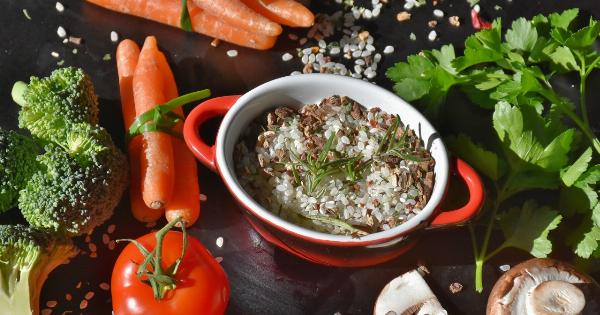Storing fruits and vegetables properly is essential if you want to maximize their freshness and shelf life. Improper storage can lead to produce losing its nutrients, flavor, and texture.
In this article, we will share some simple tips on how to store fruits and vegetables to ensure they stay fresh and delicious for as long as possible.
1. Know Your Fruits and Vegetables
Not all fruits and vegetables have the same storage requirements. Some prefer cool and dry conditions, while others thrive in moist environments. Before storing any produce, it is important to understand their specific needs to avoid spoilage.
2. Keep Fruits and Vegetables Separate
While it may be convenient to store all your fruits and vegetables together, it’s best to keep them separate.
Fruits release a natural gas called ethylene as they ripen, which can speed up the ripening process of other nearby fruits and vegetables. This can cause them to spoil more quickly.
3. Store in the Right Temperature
Temperature plays a crucial role in keeping your fruits and vegetables fresh. Most fresh produce thrives in temperatures between 32°F (0°C) and 50°F (10°C). Refrigerators are usually set around 40°F (4°C) to keep perishables fresh.
However, certain fruits and vegetables, such as bananas and tomatoes, are best stored at room temperature.
4. Utilize the Refrigerator
Refrigeration is an excellent way to extend the shelf life of many fruits and vegetables. Before refrigerating, make sure to remove any bruised or damaged portions and store them in clean, breathable containers or bags.
Plastic bags with small holes work well for items like lettuce and broccoli.
5. Avoid Moisture Build-Up
While many fruits and vegetables benefit from some humidity, excessive moisture can cause them to rot. Always remove plastic packaging from produce as soon as you get home from the grocery store.
This will prevent moisture build-up and allow the produce to breathe.
6. Freeze Excess Produce
If you find yourself with excess fruits or vegetables that you can’t consume before they spoil, consider freezing them. Freezing is an effective way to preserve produce for later use.
Be sure to blanch vegetables before freezing to stop enzyme activity and preserve their color and flavor.
7. Store Root Vegetables Properly
Root vegetables like potatoes, onions, and carrots have different storage requirements compared to other types of produce. They prefer cool, dark, and dry conditions. Store them in a cool pantry or cellar in well-ventilated bags or containers.
Avoid storing them near fruits, as the ethylene gas emitted by fruits can cause root vegetables to spoil.
8. Handle Herbs with Care
Fresh herbs can wilt and spoil quickly if not stored properly. To keep them fresh, trim the ends and place them in a glass of water, similar to a bouquet. Alternatively, you can wrap them loosely in a damp paper towel and store them in the refrigerator.
Just make sure to use them within a few days.
9. Check and Rotate Regularly
Regularly check your storage areas for any spoiled fruits or vegetables. One rotten piece can quickly spoil the rest. It is also important to rotate the produce regularly, using the oldest items first. This will help ensure nothing goes to waste.
10. Preserve Cut Produce
If you have cut fruits or vegetables that you wish to store for later use, ensure they are properly sealed to maintain freshness.
Airtight containers or plastic wraps can help prevent exposure to air, which can cause the produce to become dry or develop off flavors.

